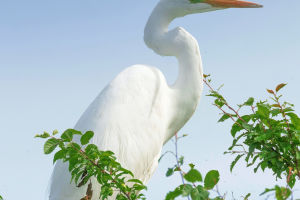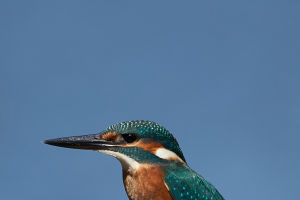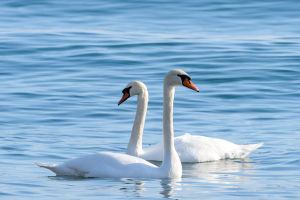Snow Leopard
The snow leopard is a big cat. Snow leopards are distributed in the Qinghai-Tibet Plateau, Pamir Plateau, the Tianshan Mountains, the Altai Mountains, and the high mountains of eastern Central Asia.
Its fur is gray, with black spots and black rings, and the tail is long and thick, in the rock pile is excellent protection color, known as the "king of the snow mountain".
Snow leopards prefer morning and night activities, and night activities are more than daily activities. The peak of hunting and activity is early morning and dusk every day, especially dusk. Its action is agile and alert, flexible, good at jumping, 3 to 4 meters high cliff can jump down.
They can jump up to 15 meters and up to 6 meters. It has a certain route up and down the mountains, like following the ridge and valley, often along the trodden path. Snow leopards molt twice a year.
Usually live alone, only around the estrus in pairs. Usually, there is a fixed nest, located in the rock cavity, rock concave, rock crevice, or rock under the bushes.
They often do not leave a nest for years, and the nest is often full of shed body hair. When hunting, they also use bushes or rocks as temporary resting places.
Snow leopards are extremely specialized predators.
The staple food of snow leopards is rock sheep (species in the Tibetan Plateau), northern goat (species in the Tianshan Mountains and the Altai Mountains), and horned goat (species in the Hindu Kush Mountains), which are the best climbers.
Snow leopards also prey on Argos, plateau rabbits, woodmarmots, mice, and birds such as snow chickens, horse chickens, and pheasants, and also prey on livestock and poultry when food is scarce.
No fatal injuries were recorded. Its prey often takes the method of ambush or sneak attack, often hidden near the wild sheep activity area. Snow leopards can go a week without eating when they are full.
Photographers often see snow leopards in the wild with their tails in their mouths. There are two reasons for this. First, snow leopards bite their long tails in their mouths, which can prevent them from inhaling cold and dry air and protect their respiratory tract.
Prevent frostbite in your mouth and nose. Just like we humans in the winter, will wear masks.
The other is to maintain body balance. Especially in fast running and climbing, biting their tail, and keeping the body balance, more conducive to flexible action.
There are fewer and fewer snow leopards now. There are many reasons for this.
1. Living environment. Humans expand cities and develop scenic spots, affecting snow leopards.
2. Food issues. The snow leopard's staple diet is northern goats and rock goats, and its prey is dwindling.
3. Illegal poaching. Snow leopard fur itself is expensive as an expensive fur product. Illegal poaching by poachers directly affects and endangers the development of the snow leopard population.


